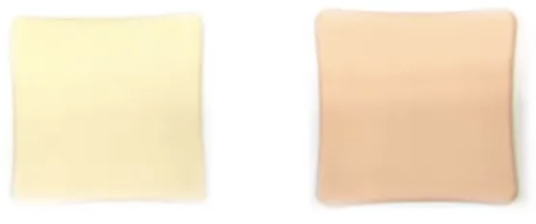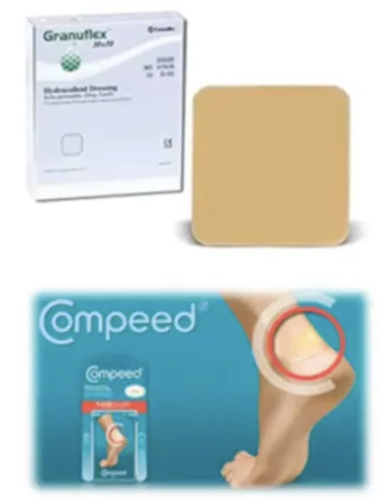Wound management
1/36
There's no tags or description
Looks like no tags are added yet.
Name | Mastery | Learn | Test | Matching | Spaced |
|---|
No study sessions yet.
37 Terms
What are Halsted’s surgical principles?
Gentle tissue handling
Meticulous hemostasis
Preserve blood supply
Aseptic technique
Minimize tension
Avoid dead space
Meticulous apposition
What are the general steps in wound management?
Prevent contamination
Lavage
Debridement
Drainage (if needed)
Closure method
Bandaging
When is lavage important in wound treatment?
Immediately after stabilizing the patient to flush out contaminants using saline or tap water
What is the goal of debridement?
Remove necrotic and non-viable tissue to promote healing
What is en bloc debridement?
Wide excision of contaminated tissue followed by immediate closure, only if no vital structures are involved to minimize infection and promote healing
Why are surgical drains used?
To eliminate dead space, remove harmful fluid or gas, and enable flushing of a closed wound
What are the 3 main reasons to place a drain?
Obliterate dead space
Remove harmful material
Enable flushing after closure
What are the types of surgical drains?
Passive (e.g., Penrose)
Active (e.g., closed suction drains)
What are the pros and cons of passive drains?
Pros
Cheap
Simple
Cons
Higher infection risk
Can't measure output
What are the pros and cons of active drains?
Pros
Sealed system
Measurable output
Cons
More expensive
Can clog
When should passive drains be used?
In contaminated/infected wounds that can't be fully sealed
When should active drains be used?
In clean wounds or sealed cavities where accurate drainage measurement is needed
How should a Penrose drain be placed?
Exits ventrally through another site, not through sutured incision → never sutured deep into tissue
What is first intention healing?
Primary closure using sutures, glue, or staples
Immediate
Delayed
Secondary closure
What is delayed primary closure?
Wound is closed 2–5 days post-injury before granulation tissue forms
What is secondary closure?
Closure after granulation tissue forms, often 5–10 days after injury
When is second intention healing used?
For dirty, large, or hard-to-close wounds where granulation and contraction are needed
What are disadvantages of second intention healing?
Slower healing
Thin epithelium
Poor cosmesis
Potential loss of function
What are examples of clean wounds?
Spay, castration, removal of skin mass under sterile technique
How are clean-contaminated wounds managed?
Prophylactic antibiotics
Primary closure
Monitor for infection
What are contaminated wound examples?
GI spillage, cystotomy with active infection
How are dirty wounds managed?
Delayed or secondary closure
Drainage
Antimicrobials
Monitor closely
Why is wound classification important
To guide closure decisions
Antibiotic use
Predict healing complications
What is the difference between dressing and bandage?
Dressing = contact layer on wound
Bandage = all layers including dressing
What are the three layers of a bandage?
Contact (primary)
Intermediate (secondary)
Outer (tertiary)
What are the purposes of wound bandaging?
Maintain moisture
Absorb exudate
Protect
Eliminate dead space
Reduce motion
What do passive dressings do?
Protect the wound and may provide debridement (e.g., adherent gauze)
What is the function of wet-to-dry gauze?
Mechanical debridement of necrotic tissue as gauze dries and is removed
What are pros and cons of non-adherent dressings?
Pros
Cheap and simple
Cons
May dry wound
Tear healing tissue with prolonged use
Why use absorbent dressings?
To manage exudate
Prevent bacterial overgrowth
Protect surrounding skin

What is the benefit of Allevyn?
Sterile
Highly absorbent
Non-adherent
Can be left in place for days
What are active dressings?
Dressings that promote healing by maintaining a moist wound environment
Name 3 types of active dressing
Hydrocolloids (e.g. Granuflex)
Hydrogels (e.g. Intrasite)
Alginates (e.g. AlsiSite)

What do hydrocolloid dressings do?
Promote granulation and moist healing
Not suitable for infected wounds
What do hydrogels do?
Rehydrate dry wounds
Aid debridement
May provide analgesia if cool
When are alginates used?
For exudative wounds:
Absorb fluid
Promote moist healing
Provide hemostasis
Why can dressing choice change during healing?
Different phases (inflammatory, debridement, granulation) need different support